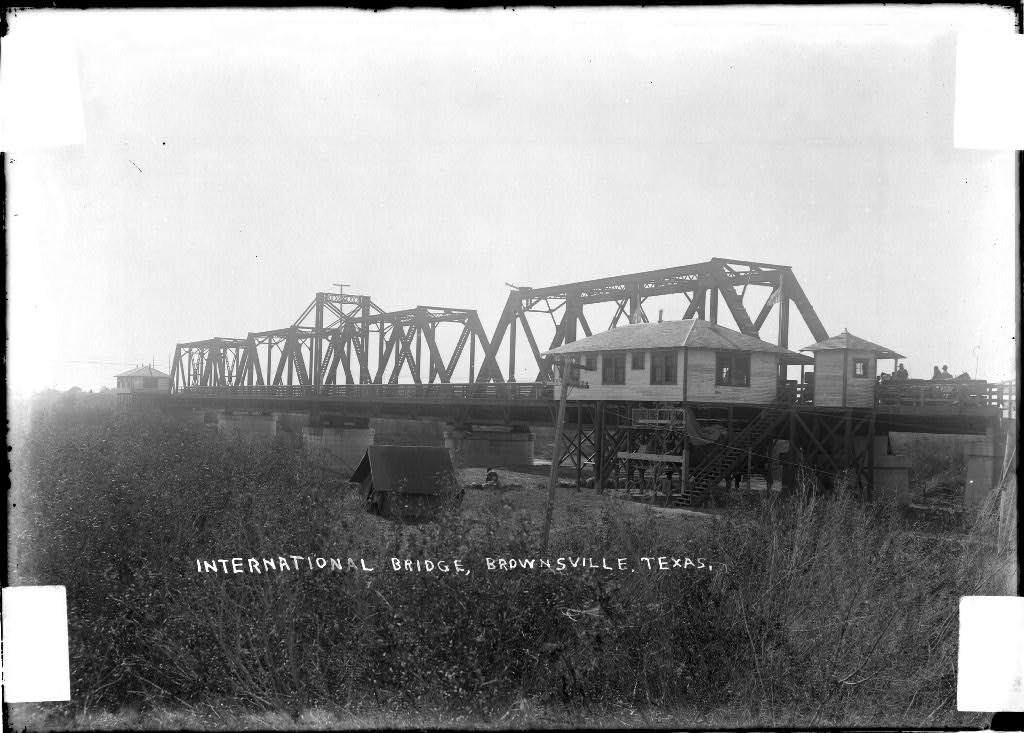Alfredo E. Cárdenas is the author of Balo’s War: A Historical Novel About the Plan of San Diego.
Cárdenas recalls history that inspired his novel Balo\’s War
Late in the evening of October, 19, 1915, men believed to be rebels fighting under the flag of the Plan of San Diego attacked the St. Louis, Brownsville and Mexico passenger train at Olmitos, Texas six miles south of San Benito. When the smoke cleared, three people—three “Americans” as the newspapers pointed out—were dead.
The killing was not over.
Within days, vigilantes had “executed” 10 “Mexicans.” Whether they were Americans of Mexican descent or Mexican citizens, innocent or guilty, was of no consequence. Mexican blood had to be shed to compensate for the spilling of American blood; “vengeance” was demanded. Four were hanged from trees without charges or trial and six others “were simply shot down.”
The three dead Americans, Dr. E.S. McCain, H.H. Kendall and Pvt. Albert T. McBee, were given proper burials. The two civilians were returned to their families in Refugio and Kingsville, respectively, and the soldier was laid to rest at Fort Sam Houston in San Antonio. As for the 10 “Mexicans” killed, they were left for the vultures. To the newspaper reporters and editors their names, their hometowns or their families did not seem to matter.
One other Mexican killed did have a name, even though when Maj. P.W. Davison, Commanding Officer of the Army camped at Lyford, reported his murder he provided two first names for the victim. According to the officer’s report, at 10 p.m. on Oct. 23, 1915 five citizen vigilantes went looking for Manuel Robles at his ranch near Sebastian. Robles’ son came to the door of the house but was told to go back to bed, that the men wanted to see his father. Robles (now referred to as Simon in the report) came out and was taken a short distance from his home of 20-years and was “riddled with bullets.” His crime? He reportedly had a nephew riding with the sediciosos.
The truth was that the Rio Grande Valley was not safe for American or Mexican. It was a troubling time. Not only were people dying, but in a very real sense liberty and inalienable rights were withering away and were being replaced by fear and revenge.
The rights of the so-called Mexicans were tossed aside in favor of a false sense of security. People were not only being killed without due process, their everyday basic freedoms were being trampled upon in the name of safety.
While Robles’ rights and life were snuffed out, others were being rounded up and jailed without confronting their accusers and with flimsy probable cause. A Mexican living near Harlingen turned in some men whom he perceived to be “bad men”. The anonymous accuser not only named Luis Gomez, Florentino Pérez, Refugio Rodriguez and Pancho Garcia, he also told law enforcement authorities where they could be found. They, along with Rogelio Caballero, were arrested and jailed in Brownsville simply on the word of a man unwilling to face those he accused.
The suspension of the legal process took many forms. In today’s post 9/11 age many questions have arisen over thwarting of civil liberties, especially when it comes to governmental intrusion of electronic communications via telephone or the internet. In 1915, a similar problem existed with Special Agents with the Department of Justice and postal officials collaborating in prying into private citizens’ mail.
In Los Angeles, the postal employees regularly monitored the post office box of the anarchist magazine “Regeneración” published by the Magon brothers, Ricardo and Enrique. The magazine was believed to be a source of inspiration for Plan of San Diego adherents. Postal authorities reported to the to Field Offices of the Special Agents any Spanish-named correspondence received by the magazine as well as names of subscribers. The agents, in turn requested from local authorities the names of any subscribers in their communities.
In a Nov. 2, 1915 letter from Special Agent Robert Barnes—in charge of the San Antonio Field Office—to local post offices, he asked whether they knew of anyone receiving the magazine or who may be receiving correspondence relative to the Plan of San Diego or the IWW, the Industrial Workers of the World. Many postmasters replied to the requests with brief letters indicating they knew of no one. The postmaster of Harlingen, Hugo J. Letzerich, simply replied, “None of any questionably characters reside here. None but home Mexicans reside here.”
Others, such as Falfurrias Postmaster W.W. Sloan felt compelled to name names. He replied to Barnes, “there is no question in my mind that the organizations mentioned have been active here for at least two years, and while I could not put my hand on any one individual and say–‘he is guilty’–I hand you a list of men whom I believe…in sympathy with these societies.” He proceeded to send Barnes the names of 25 men, underlining for emphasis the names of 13 men he believed had “an intense hatred for Americans and would not hesitate to lead an outbreak but for the consequences.”
The fate of the men named by Sloan remains unknown.
The suspension of civil liberties in the Rio Grande Valley and across the country during the raids associated with the Plan of San Diego in 1915 have been little reported. This episode in the history of relations between “Americans” and “Mexicans” is one that deserves greater historical review.


